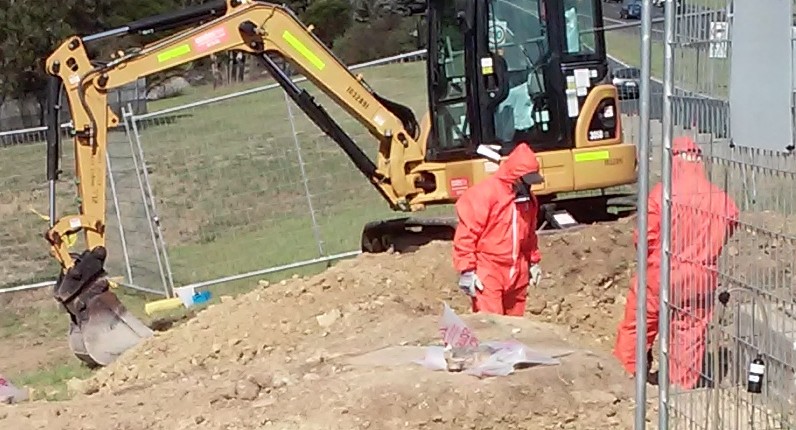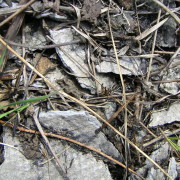Asbestos Air Sampling
Air sampling and analysis is extremely important in determining such factors as the potential risk of exposure to any asbestos containing materials. It is therefore essential that such measurements are carried out competently, using the appropriate sampling procedures and equipment.
Air Hazards are committed to providing reliable asbestos site sampling and testing services and for ensuring that sampling and testing is carried out correctly and reliably. We only use NATA accredited laboratories for asbestos fibre counting / analysis work
An air sampling strategy will be devised and discussed with you prior to asbestos remedial works to ensure that all aspects of the work are covered. This strategy typically may include background sampling, leak testing, site clearance certification for re-occupation / demolition, equipment clearance certification, reassurance sampling, personal sampling, and reporting.
Background Sampling
Air Hazards carry out asbestos air sampling and analysis using a number of sampling applications depending on the client’s specification and scope of works. One such method is Background Sampling. Prior to the commencement of any activity that may lead to asbestos fibres becoming airborne, and as a consequence becoming hazardous, ‘background sampling’ must be conducted in order to establish ambient levels of asbestos. This can also be combined with:
Personal Sampling
In order to assess the exposure level of an individual carrying out his/her work, Personal Sampling would be conducted. Results from the sampling are used to check compliance with Safework Australia exposure standards. The sampling pump is usually worn at the waist on a belt, with the filter cartridge clipped to the employee’s lapel.
Leak (Enclosure Check) Testing
Sampling outside an enclosure and in adjacent areas during the removal process to ensure that effective fibre containment is being maintained during asbestos removal.
Reassurance / Clearance Sampling
This type of monitoring may be required in certain circumstances, such as when an enclosure has been dismantled on completion of asbestos removal, to confirm that the residual asbestos airborne fibre concentrations are less than 0.01 fibres per cubic centimetre of air sampled.
Asbestos in soil
Asbestos in soil was a special case in Victoria, the handling of asbestos-containing material (ACM) contaminated soil was required to be done by a Class A licensed asbestos removalist, unless it took less than one hour to remove from the contaminated soil.
However with the new Victorian Occupational Health and Safety Regulations 2017 which came into force on 18 June 2017, this is no longer the case. If the asbestos waste is non-friable it can be removed by a Class B Licensed Removalist.
The person who has management or control of the soil must ensure any visible ACM is removed so far as is reasonably practicable throughout the supply chain.
After a competent person determines the soil contains no visible asbestos it can be used for its intended purpose.
An alternative, which may be more cost-effective, is to remove and dispose of soil as asbestos-containing waste instead of following the inspection and clearance processes that may otherwise be required. This requires licensed transporters. However, when using mechanical means to fill bins, it may be prudent to consider air sampling.
Call us. We can provide air sampling and provide reports showing the results, provide Clearance Certificates and oversee the operation.








